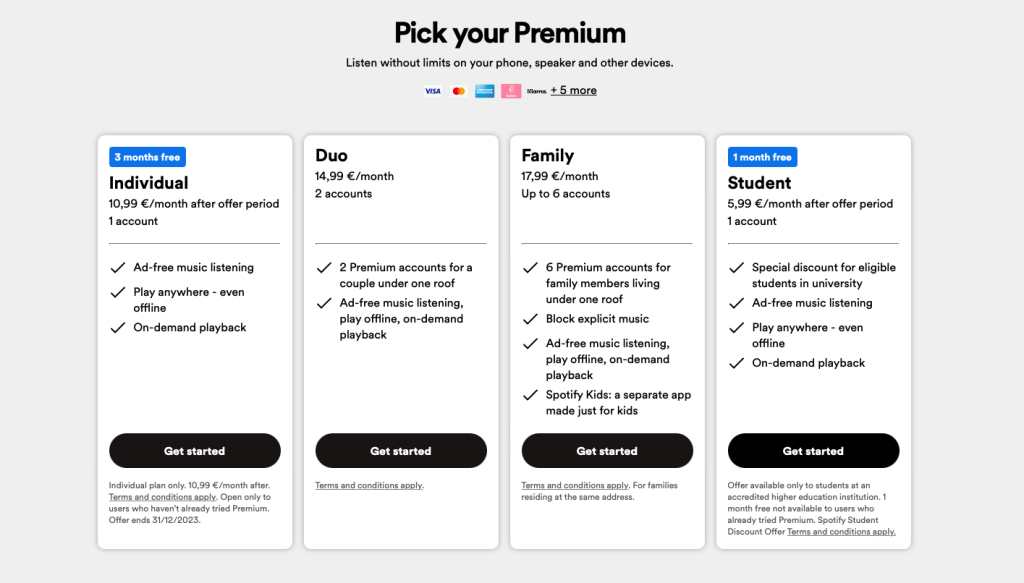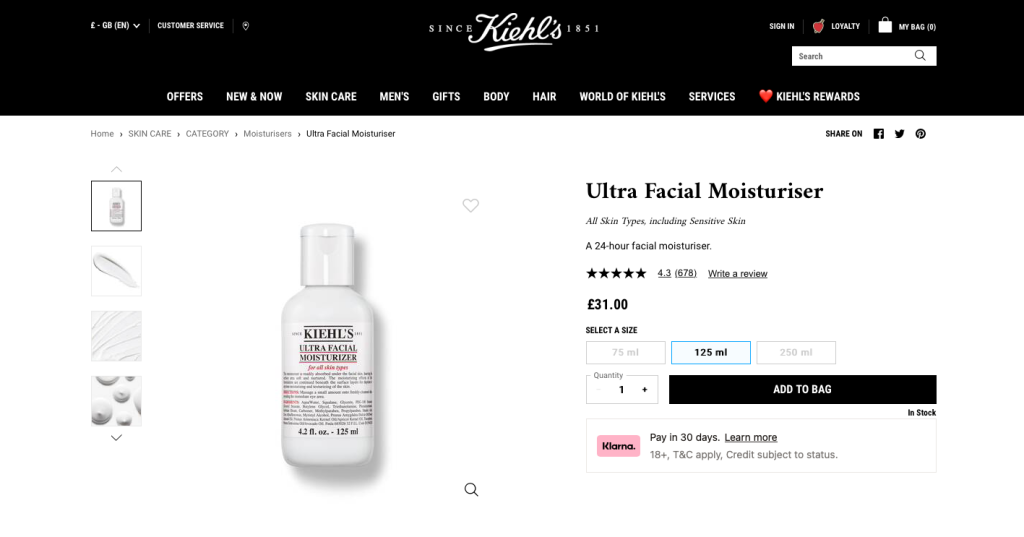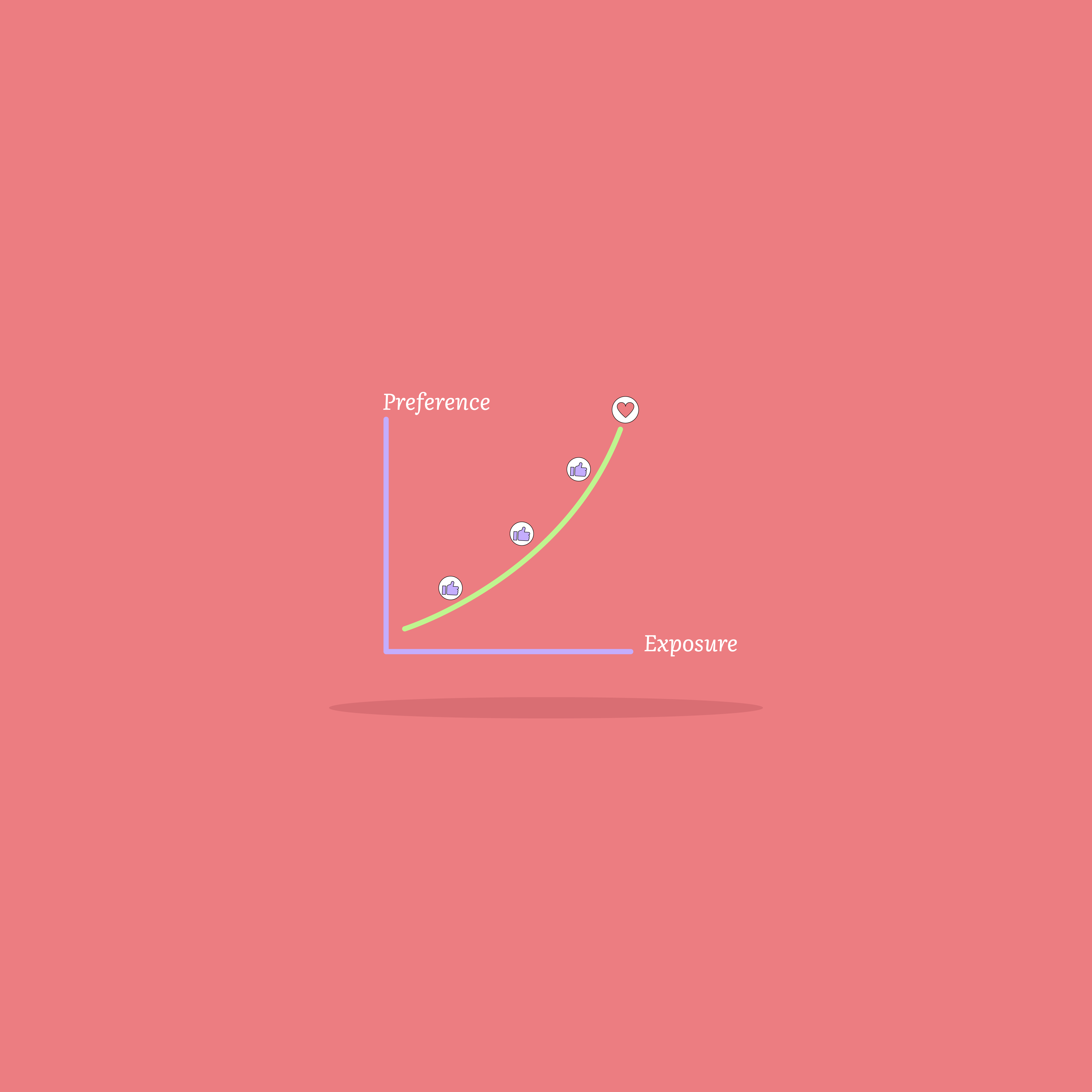Our websites use cookies. By continuing, we assume your permission to deploy cookies as detailed in our Privacy Policy.
Marketing Magic: How to Use the Decoy Effect to Influence Consumer Behaviour
The intersection between eCommerce psychology and marketing is intriguing as companies attempt to craft marketing strategies and apply concepts such as the decoy effect in their marketing agenda.
Building up from teachings in Dan Ariely’s bestseller Predictably Irrational, as well as online courses in the psychology of eCommerce, it is safe to say that overarching patterns exist in user’s buying behaviour and decision-making.
One such pattern can be discovered through the decoy effect. This article will, therefore, explore the psychological reasoning behind the decoy effect, how it is used in marketing, and some real-life examples from brands.
What is the Decoy Effect?
The decoy effect was first described by academics Joel Huber, John Payne, and Christopher Puto in a paper presented in 1981.
While defining the effect, the researchers asked the participants to choose from scenarios that included beer, cars, restaurants, lottery tickets, movies, and television sets.
In each product scenario, participants first choose between two options. Afterwards, the participants were offered a third option, which was a bait, and they were expected to choose again.
In every scenario except lottery tickets, the bait successfully increased the probability that the target was selected. These findings were revolutionary for marketing. Along with this work, scholars challenged established doctrines known as “similarity heuristics” and “regularity condition” that the probability of a customer choosing the original product cannot be increased.
The Psychology Behind the Decoy Effect: How It Works
When faced with a choice between small and large sizes, people often opt for the smaller one due to the absence of relativity in the selection. However, introduce a third option, such as medium, and the dynamics change.
Surprisingly, many individuals lean towards the larger option, regardless of price considerations or personal requirements.
Consider a scorching summer day when you enter a cafe craving a refreshing drink. You settle on a mango iced tea but now face the dilemma of choosing the size. Initially, with only two choices (small and large), you decide on the small, considering a $4 price difference.
Now, imagine a scenario with three size options – small, medium, and large.
The large size becomes more appealing despite the same $4 gap between small and large. However, the difference between medium and large is only a dollar.
This addition of a third option prompts consumers to choose the pricier item, even if it exceeds their actual needs. This decision is not unique; many individuals follow the same pattern, making it a common choice.
Why does this happen?
The explanation lies in the way our minds are wired. Our cognitive processes are designed to constantly evaluate items in relation to one another, influencing decisions not only in personal relationships but also in various comparable situations.
In summary, when presented with two options, consumers tend to decide based on personal needs. However, introducing a third strategic option can sway them towards choosing the more expensive of the three, showcasing the subtle yet powerful influence of the decoy effect on consumer behaviour.
“Humans rarely choose things in absolute terms. We don’t have an internal value metre that tells us how much things are worth. Rather, we focus on the relative advantage of one thing over another, and estimate value accordingly.”
Dan Ariely, Predictably Irrational: The Hidden Forces That Shape Our Decisions
Decoy Effect in Marketing
Marketers refer to the decoy effect as the asymmetric dominance effect, exploring a phenomenon where consumers may signal a change in preference when presented with a third option in addition to the two options they had, creating an asymmetrical dominance towards the novel stimuli.
The alternative option is considered to be asymmetrically dominant when it is inferior in all aspects to one of the options. In addition, the other option is both inferior and superior in comparison to the other alternatives.
When specific attributes are considered for preferability, this option is completely dominated by the other, and partially dominated by the third.
The experiments reveal that when the asymmetrical option is present, a higher percentage of consumers tend to prefer the dominating option, as opposed to when the asymmetrically dominated option is absent.
This is why the asymmetrically dominated option is referred to as a “decoy”, functioning to increase preference for the dominating option. The decoy effect violates the independence of irrelevant alternative axioms under the learnings of decision theory.
Now, let’s explore some practical examples of the decoy effect in action.
Decoy Effect and Decoy Pricing Examples in Marketing
1. Subscription-Based Models

Subscription-based services like newspapers, magazines, streaming platforms, B2B SaaS solutions, etc., frequently use the decoy effect and decoy pricing to nudge users to choose a slightly pricier option.
2. Upselling Strategies

From consumer electronics to the beauty industry, many different industries take advantage of the decoy effect as part of their upselling strategy.
The key point in using decoy pricing strategy for upselling purposes is to ensure that the consumer knows what they are gaining by getting the pricier option: Apple uses decoy pricing strategy on its product comparison pages, while games will try to get you to buy the deluxe edition that comes with more content for a slightly higher price.
How to Use the Decoy Effect for Marketing Your Business
Decoy effect and decoy pricing strategies are doubtless extremely influential—if they are done right. Here are some ways in which your business can take advantage of the decoy effect phenomenon:
- Offer three choices. Including more options can complicate and overburden the decision-making process, diminishing the decoy effect in return. When consumers are presented with more choices, they may end up making a rash decision and choose the item you don’t desire.
- Do not make the decoy option too appealing. You should be using the decoy effect to convince buyers into making the choice you desire. In many cases, the choice you desire is not the decoy. The decoy should have a price that is relatively close to the most expensive third alternative, but with a relatively better value than the cheaper ones. If you feel like the decoy seems slightly absurd, that is natural; that is how it is supposed to look!
- Consider the middle bias. Given that three choices are displayed on the website or shelf, you should remember that buyers have a tendency to go with the middle option, disregarding the value. You might want to display the desired choice in the middle of the array, instead of creating a price-centred arrangement.
Through such techniques, you can power your eCommerce site and use eCommerce psychology to boost your sales. Discover how Segmentify implements such psychological principles into their feature catalogue to help eCommerce businesses excel and reach their full potential.
Editor’s Note: This article was originally published on June 17, 2021, and was updated for accuracy and comprehensiveness on December 22, 2023.





